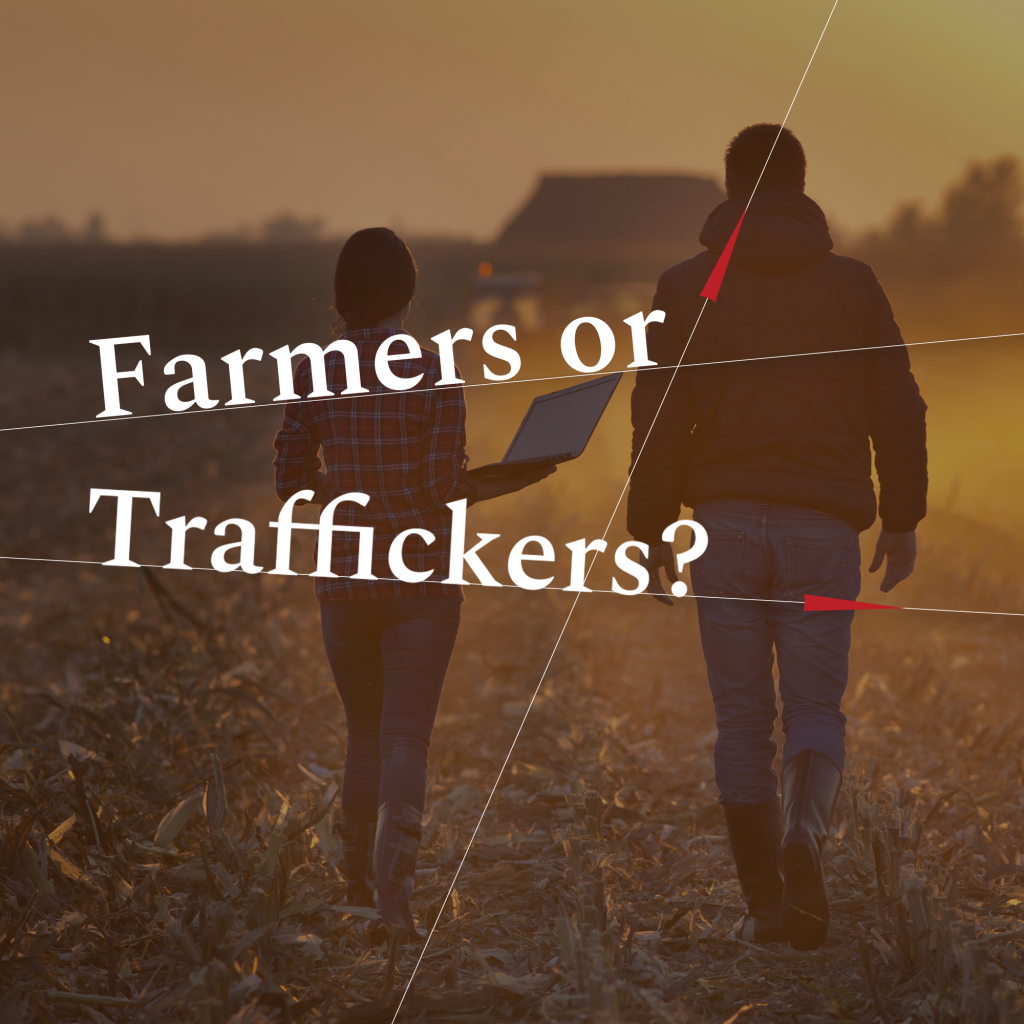Migrant smuggling along the U.S. Southwest border involves the illegal transportation of migrants, many of whom are coerced, deceived, or tricked into paying smugglers with false promises of safety and opportunity in the United States. This illicit business is highly profitable, generating at least $6 billion annually.
More than 600,000 migrants are smuggled across the U.S. Southwest border each year, making it one of the most active and dangerous smuggling routes in the world. Smugglers not only charge exorbitant fees, often ranging from $5,000 to $20,000 per migrant, but they also expose migrants to life-threatening conditions and severe exploitation, all in pursuit of financial gain.
Smuggling operations are often managed by transnational criminal organizations (TCOs), which control routes and provide logistical support. Substantial illicit proceeds from smuggling are laundered through funnel accounts, real estate investments, luxury goods purchases, and the financing of other criminal ventures.
Who’s involved in migrant smuggling?
A typical migrant smuggler is often close to the communities from which migrants originate or through which they transit. They may pose as legitimate service providers, such as drivers, guides, or labor recruiters. These individuals can sometimes be found in adverse media reports or law enforcement records linked to human smuggling or related crimes. They frequently operate near U.S. Southwest border areas, known migration routes, or within migrant communities.
Smugglers rarely work independently. Most often, they are affiliated with larger organized crime groups (OCGs) that oversee broader smuggling operations. These OCGs provide infrastructure, protection, and connections, while individual smugglers manage the on-the-ground logistics. OCGs often operate a network of interconnected businesses to facilitate and finance their wide-ranging criminal activities.
What are the financial indicators of migrant smuggling?
Individual smugglers often engage in cash-heavy transactions to avoid traceability. They structure deposits below regulatory reporting thresholds and use multiple personal bank accounts to distribute funds. These individuals may sometimes appear in adverse media or law enforcement databases due to their involvement in migrant smuggling and related criminal activities.
Smugglers may be linked to or employed by high-risk businesses such as transportation companies, travel agencies, or labor recruitment firms, particularly in countries like Mexico, El Salvador, Guatemala, and Honduras. They frequently conduct transactions at unusual hours and in locations associated with U.S. Southwest border-crossing logistics, such as vehicle rentals, fuel stations, and lodgings near border areas.
Financial indicators of smuggling include irregular deposits, high cash flow without a clear source of legitimate income, and significant expenditures on travel-related services. Account activity may also show purchases consistent with smuggling operations, such as frequent vehicle maintenance, communication devices, prepaid mobile plans, and provisions for large groups. Additionally, sporadic transfers to or from accounts linked to known or suspected smuggling networks may be evident.
Want to learn more?
Understand the supply side dynamics, how the personas interact, and the red flags to look out for with our free Migrant Smuggling Investigation Guide. Download yours today.
Share this post
Resources





